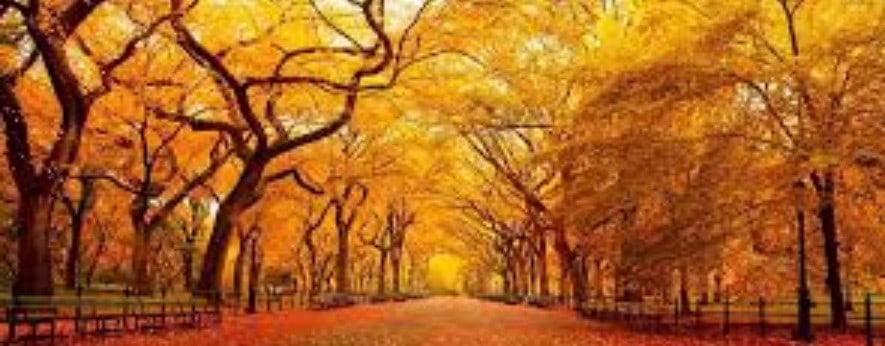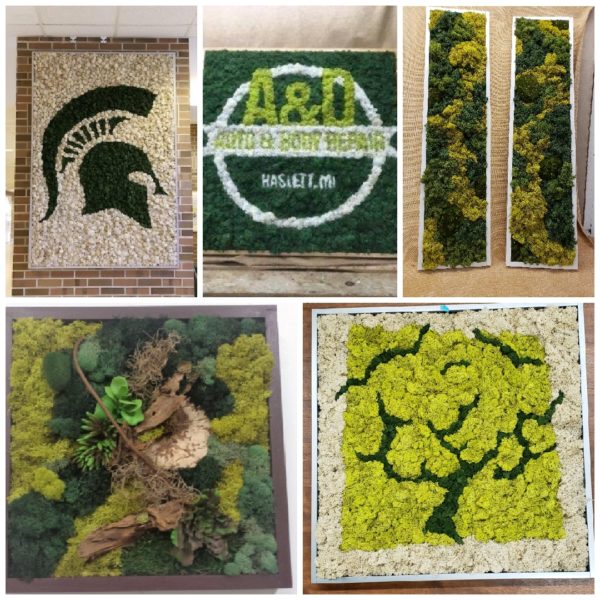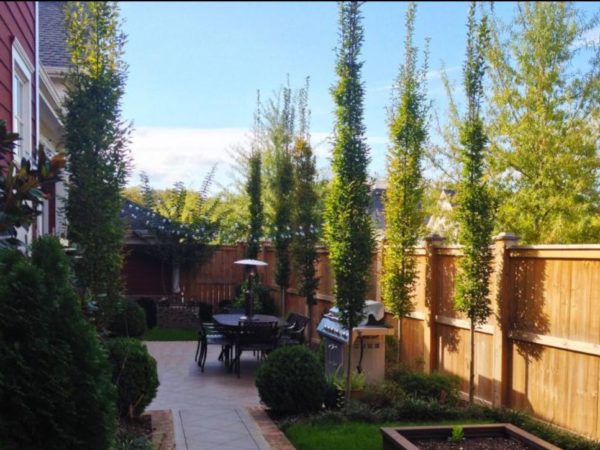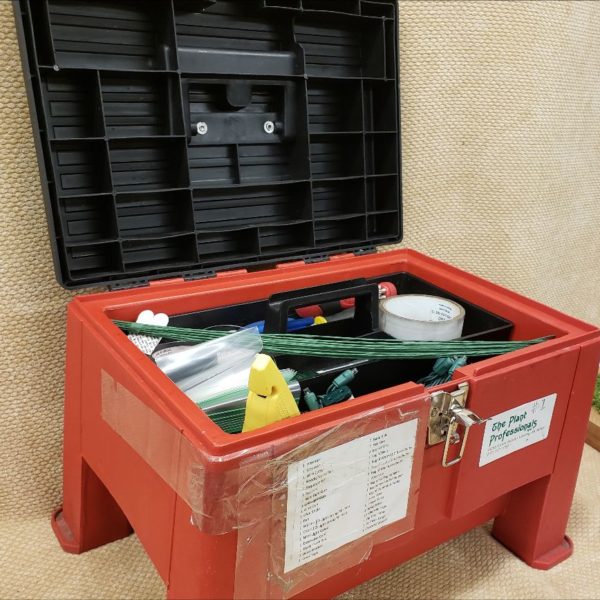What’s Budding

What’s Budding

Have You Ever?
If you have ever been responsible for writing articles for a publication, you likely know the challenge of the blank screen. Sometimes nothing comes to you. Sometimes you sit to write about one topic, and thoughts of another jump into your brain and run away with the piece you are trying to write. There are so many challenges in horticulture now, including new opportunities, rapid change, and so much to consider. Even those that don’t affect us directly have an impact in some way.
We are not diversifying into cannabis, but thousands of growers and distributors around the country, large and small, are. There are trade shows and publications for this burgeoning industry. Some growers are experienced in horticulture, and some are business people who see the potential for profit. Many are scrambling to understand all they need to know about hydroponics or soils, strains, nutrition and cultural practices.
Though legal in more states now, including ours, the crop is still not legal at the federal level. There are special logistical and security challenges with a business where banks will not serve you with checking and other accounts, and you must deal in cash. Because of the high value of the crop and the security issues, jobs usually pay more, potentially siphoning staff away from other green businesses.
Dozens of new insects have become serious pest problems. Many of these are imported accidently in trade goods or their packaging, coming from other continents. Some pests simply have moved further north as milder winters have made it possible for the adults or eggs to overwinter successfully and maintain a breeding population. Diseases are often associated with these insect pests, especially if the insects pierce the leaves or bark of plants to feed, creating an entry point for another pest or pathogen. The list of species we can no longer recommend continues to grow, and we constantly look for new hardier varieties, and better cultural practices to keep our palette of plants broad and strong.
One of our biggest challenges, from design and build firms to service firms, to plant growers, is labor. Our aging population is retiring, and not enough younger people have developed an interest in working with plants. The cost of a college education continues to climb, and two-year trade programs in horticulture are few. MSU does have such a program, but for the high school student looking for classes, few districts have a greenhouse and teach horticulture. It is ironic that we need to eat, and most of us live in a dwelling with a lawn and landscape, but both of those things will become more challenging if not enough people are willing to grow food, mow lawns or care for plants.
So why do we work long hours, get dirty and deal with these challenges? Because working with plants does have many rewards, and most of our customers are appreciative of what we do. Working with and caring for living things is a special privilege to me. Working with dedicated people who embrace the mission and believe in the power of plants in our lives is a special treat.
On the Green Side

Moss Walls
As green walls became available and then popular, it quickly became apparent that they were not the answer in all circumstances. Green walls with living plants require light and water, and access to reach every plant for care. Some locations are dark, or inaccessible. Sometimes there is access during building construction for an installation, but not availability of a lift for ongoing care.
About five years ago, I saw a photo of a moss panel designed for a west coast restaurant. I was hooked on the idea. I soon saw examples created by my National Interiorscape Network peers, and by 2016, we were proposing and designing these art pieces for our clients. We custom make a wood frame in the finish color of choice, cover the luan backing with flat rigid floral foam, and then create the design on the foam.
Many are free-form, but some have been logos or symbols. Much of the surface is covered in inherently flame-retardant preserved reindeer moss. This product comes in four shades of green, as well as white, tan, brown, black, red, orange and purple. We also use other types of moss, various sticks, dried pods, dried mushrooms or faux succulents. The look can be tailored or free-form, and the resulting pieces are definitely people pleasers. Other than keeping them out of direct light and avoiding drywall dust or high humidity, they require no ongoing care.
Now, there is also a commercial product available with three frame sizes and a choice of three moss colors, three frame colors and even some bark and stone panel choices. If you need a special green wall feature in a unique location, chat with us about moss wall options.
Digging In

Columnar Trees
Columnar trees are great for the gardener that loves trees, but has little space. These trees make a bold vertical impact, and can be used to define a space, line driveways, elegantly frame a doorway, or anchor a planting bed. While there are many trees available in columnar form, I am sharing a few of my favorites.

Columnar Sweetgum ‘Slender Silhouette’ has a very narrow shape, growing up to 50’ tall and only 5’ wide. This tree’s star-shaped foliage is dark green in summer, turning yellow to deep red in fall. Bark develops deep furrows as the tree matures, giving the tree winter interest.

Sugar Maple ‘Barrett Cole’ is a great compact, columnar maple, with exceptional fall color. The dark green leaves turn from gold to orange to coppery bronze. This tree grows at a slow rate to half the size of typical sugar maples. They get 30’ tall and 12’ wide, and are great to use in the garden or as a street tree.

European Beech ‘Red Obelisk’ is a unique sculptural specimen. Deep burgundy leaves are similar in appearance to crinkled paper, and turn a beautiful coppery-bronze in fall. Its smooth, silver bark is attractive in the winter. This tree slowly reaches 40’ tall and 3-5’ wide.

Crabapple ‘Red Baron’ is an ornamental tree with four seasons of interest. This beautiful accent tree has a profusion of red buds in spring opening to striking clusters of fragrant scarlet flowers. Foliage emerges coppery-bronze, turning to dark green in summer, then a dazzling orange in autumn. Cherry-sized, shiny red fruit ripen in early fall, and often persist through the winter months. This tree grows 15’ tall and 6’ wide, making it a suitable tree to plant under power lines. This crabtree is also considered to be both rabbit and deer resistant.
These are only a few columnar trees available for our Michigan gardens. If you are wondering if a columnar tree would be a good solution for your garden challenge, call me at The Plant Professionals. We would love to help you find the perfect tree.
The Buzz

What’s in Your Holiday Toolbox?
Many of our clients and referral partners know that we decorate a lot of homes, offices and building lobbies for the Holiday season. Most people have no reason to consider how we decorate so many trees, wreaths, garlands, poinsettias and outdoor greens in just a few short weeks.
Careful planning is key, and well-organized storage is a must. One very important factor is a well-stocked toolbox.
We have these sturdy red, step-top tool boxes. Inside each toolbox are a list of needed items, and each gets restocked every morning during the decorating season. From trash bags to zip ties, Command hooks and finishing nails, pliers and screw drivers, hammers and wrapped wire, light guns, light bulbs, diodes and light strings. Toolboxes are carefully packed for all the possibilities. Band-Aids for fingers and alcohol wipes to prep places the Command hooks will go, every item has a specific use and a place in our toolbox.
The wires we use are wrapped here in-house. We wrap over a thousand pieces in advance of the season, spinning floral tape evenly onto 18” green floral wires. This gives us an easy-to-handle wire with a non-slip grip that won’t scratch bannisters or furniture. We make wreath hangers with these wires, cut them into shorter lengths to wire each ornament onto trees and wreaths.
Wrapped wire has even been used to make hooks for retrieving small parts dropped into vents, and for making custom attachments in odd locations. By mid-November, we are wrapping more wires, often working on them while riding out to a job site or while on hold in the office. Every elf learns to wrap wire, and on a typical installation day, we may go through hundreds of them.
We look forward to each decorating season with both excitement and anxiety, as the season is short and the list of trees and lighting projects is long. Time to fill up the tool boxes and be ready for November!
Copyright © The Plant Professionals